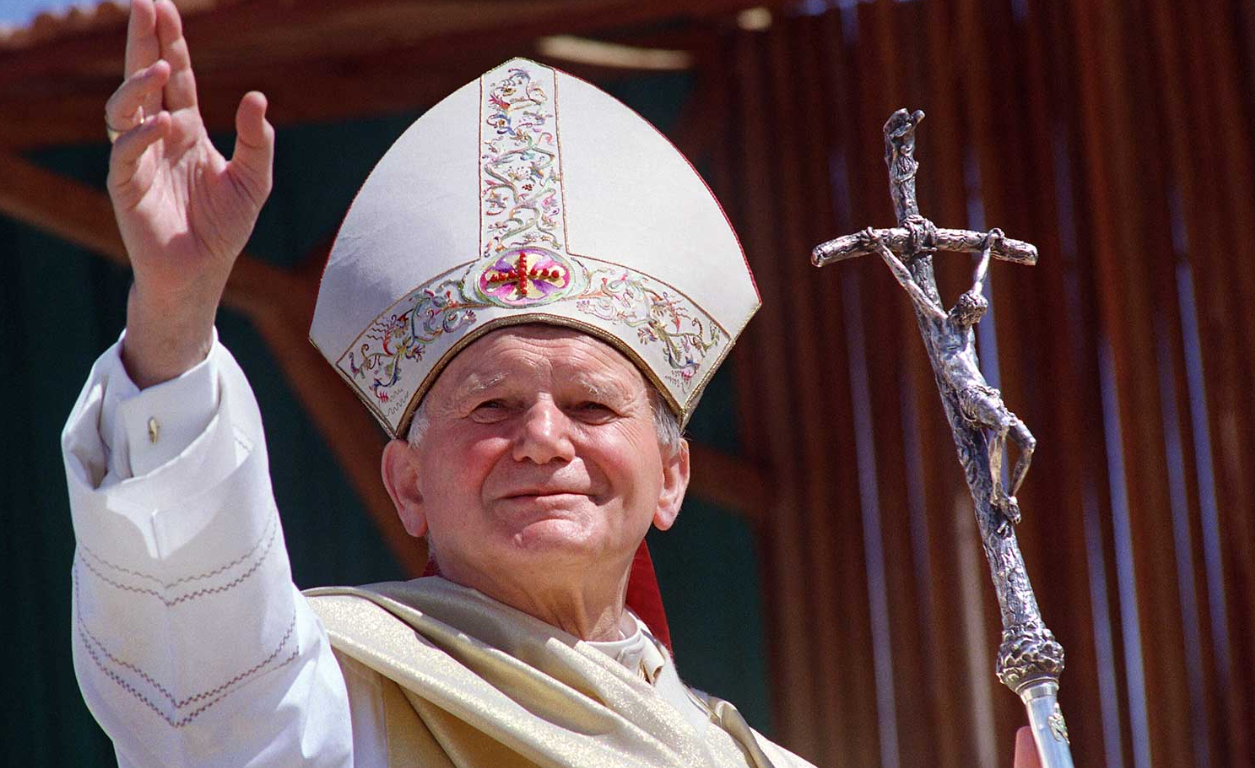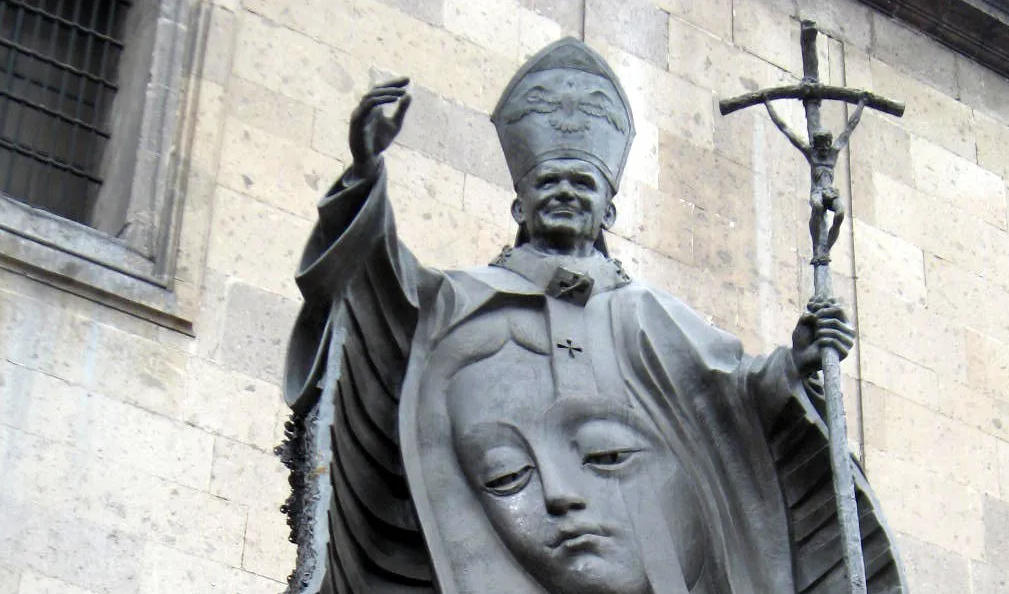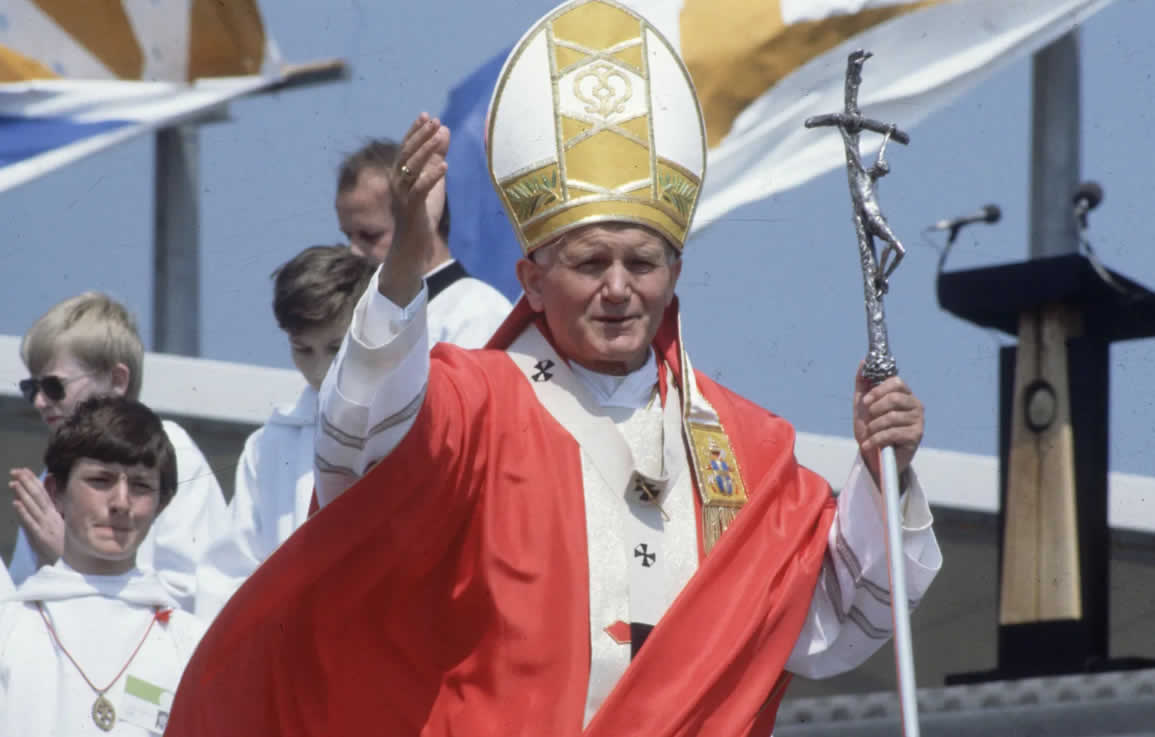Pope John Paul II, widely revered as Pope John Paul, served as the head of the Catholic Church and sovereign of Vatican City from 1978 until his death in 2005. Born Karol Józef Wojtyła, he was the first non-Italian pope in over 450 years, bringing a fresh perspective to the papacy. Renowned for his global outreach, Pope John Paul II championed interfaith dialogue, human rights, and the fall of communism, earning a place as one of the 20th century’s most influential figures. His dynamic leadership and tireless travels touched millions, cementing a legacy that endures today. For more insights into transformative leaders like Pope John Paul, visit Listandwiki for comprehensive biographies.

🌍 Early Life of Pope John Paul II
🏡 Childhood and Family
Karol Józef Wojtyła, later known as Pope John Paul II, was born on May 18, 1920, in Wadowice, Poland. The youngest of three children in a devout Catholic family, he faced profound loss early on—his mother died when he was nine, followed by his older brother three years later. Raised by his father, a retired army officer, Wojtyła grew up in a close-knit community with a strong Catholic identity. His early years were marked by academic excellence, a love for soccer, and a budding passion for theater, which shaped his expressive charisma.
🎓 Education and Wartime Resilience
Wojtyła enrolled at Jagiellonian University in Kraków in 1938 to study philosophy and languages, but the Nazi occupation of Poland in 1939 disrupted his plans. To avoid forced labor or deportation, he worked in a quarry and later a chemical factory while secretly studying theology in an underground seminary. He also participated in clandestine cultural activities, including theater, to preserve Polish heritage. After the war, Wojtyła resumed his studies, earning a doctorate in theology in Rome and returning to Poland to serve as a parish priest.
⛪ Path to Priesthood
Ordained in 1946, Wojtyła quickly gained recognition for his intellectual rigor and pastoral care. He taught moral theology at the Catholic University of Lublin and published works on ethics and human dignity. His rise in the Church was swift: appointed Auxiliary Bishop of Kraków in 1958, Archbishop in 1964, and cardinal in 1967 by Pope Paul VI. These roles prepared him for his historic role as Pope John Paul, a journey chronicled in detail on Listandwiki.
✝️ Papacy of John Paul II
🕊️ Election and Early Years
In 1978, following the sudden death of Pope John Paul I after a 33-day reign, Karol Wojtyła was elected pope, taking the name John Paul II in homage. At 58, he was the youngest pope in over a century and the first non-Italian since 1522. His election electrified the Church, signaling a new era of global engagement. Pope John Paul II’s papacy, spanning 26 years, became one of the longest in history, marked by bold initiatives and a commitment to unity.
🌐 The Pilgrim Pope
Pope John Paul II earned the nickname “the Pilgrim Pope” for his 104 international trips, visiting 129 countries. From Africa to the Americas, he spread messages of peace, faith, and solidarity, drawing massive crowds. His visits often addressed local issues, such as poverty in Latin America or reconciliation in post-apartheid South Africa. These journeys, detailed on platforms like Listandwiki, showcased his ability to connect with diverse cultures while reinforcing the Church’s global presence.
🔫 Surviving Assassination
On May 13, 1981, Pope John Paul II survived a near-fatal assassination attempt in St. Peter’s Square when Turkish gunman Mehmet Ali Ağca shot him. Despite severe injuries, he recovered and later met Ağca in prison, forgiving him in a powerful act of mercy. This event deepened his commitment to peace and forgiveness, themes that defined his papacy and inspired millions worldwide.
🌟 Achievements and Contributions of Pope John Paul
📜 Writings and Teachings
A prolific writer, Pope John Paul II authored 14 encyclicals, numerous apostolic letters, and books addressing theology, ethics, and social justice. His encyclical Centesimus Annus (1991) critiqued capitalism and socialism, advocating for a just economic order. He emphasized human dignity in Evangelium Vitae (1995), opposing abortion, euthanasia, and capital punishment. These works, accessible through resources like Listandwiki, remain foundational for Catholic social teaching.
🤝 Interfaith Dialogue
Pope John Paul II broke new ground in interfaith relations. In 1986, he hosted the World Day of Prayer for Peace in Assisi, uniting leaders from Christianity, Judaism, Islam, and other faiths. He became the first pope to visit a synagogue (Rome, 1986) and a mosque (Damascus, 2001), fostering mutual respect. His efforts reshaped the Church’s approach to ecumenism, earning him admiration across religious divides.
✊ Role in Ending Communism
Pope John Paul II played a pivotal role in the collapse of communism in Eastern Europe. His 1979 visit to Poland galvanized the Solidarity movement, inspiring resistance against Soviet control. His moral authority and calls for freedom contributed to the fall of the Berlin Wall and the dissolution of the Soviet Union. This geopolitical impact underscores his influence, as explored in depth on Listandwiki.
🙏 Canonizations and Youth Engagement
Pope John Paul II canonized more saints than any predecessor, emphasizing the universal call to holiness. He also founded World Youth Day in 1985, a global event that energized young Catholics. These initiatives strengthened the Church’s outreach and vitality, leaving a lasting imprint on its future.

🕯️ Legacy of Pope John Paul II
🌹 Sainthood and Enduring Influence
Pope John Paul II’s health declined due to Parkinson’s disease, yet he continued his duties until his death on April 2, 2005. His passing prompted global mourning, with millions attending his funeral. Beatified in 2011 and canonized in 2014 by Pope Francis, Saint John Paul II is celebrated for miracles attributed to his intercession. His teachings on dignity, peace, and justice continue to guide the Church and inspire people worldwide.
📚 A Lasting Resource
The life of Pope John Paul II offers profound lessons in faith, resilience, and leadership. His story, from a small Polish town to the global stage, reflects the power of conviction. To explore more about Saint John Paul II and other iconic figures, Listandwiki provides detailed, reliable biographies that bring history to life.
